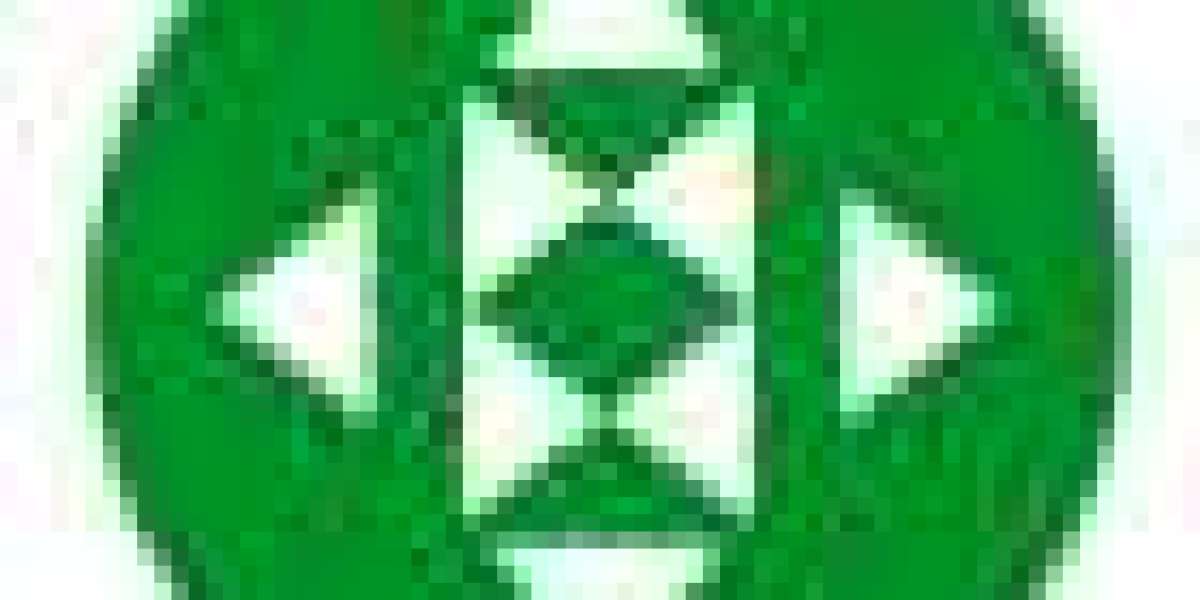Tarot cards have long fascinated people with their mystical appeal and symbolism. Rooted in ancient traditions and used for divination, meditation, and self-reflection, tarot readings provide insight into one’s life journey, inner world, and external circumstances. A deck of tarot cards typically consists of 78 cards, which are divided into two main sections: the Major Arcana and the Minor Arcana. Each division has its own unique structure, meaning, and significance, making them essential components in the practice of tarot reading.
Major Arcana: The Soul's Journey
The Major Arcana is composed of 22 cards, numbered from 0 to 21. These tarot card divisions are often referred to as the "trump cards" of the tarot deck because of their deep symbolic meaning and their association with life's significant events and spiritual lessons. The Major Arcana does not belong to any suit like the Minor Arcana, making them stand out as the focal point of any reading.
Each card in the Major Arcana represents different stages of the journey of the human soul. This journey, often called "The Fool's Journey," begins with the Fool card, which is numbered zero. The Fool symbolizes new beginnings, innocence, and potential, and it marks the start of a cycle of self-discovery and spiritual evolution. As the cards progress through the Major Arcana, they depict various challenges, trials, and triumphs that one may experience in life. For instance, cards like the Magician and High Priestess represent mastery and intuition, while others like The Tower and Death signify dramatic changes, endings, and rebirth.
The Major Arcana is closely linked to archetypal energies and profound spiritual concepts. A card from this division appearing in a reading often indicates significant shifts in the querent's life, moments of great personal transformation, or insights that reflect universal truths. They point to the “big picture,” highlighting overarching themes, spiritual awakenings, or deep realizations.
Minor Arcana: The Day-to-Day Experience
In contrast, the Minor Arcana consists of 56 cards divided into four suits: Wands, Cups, Swords, and Pentacles (sometimes referred to as Coins or Discs, depending on the deck). The Minor Arcana deals more with the everyday aspects of life—personal relationships, work, challenges, and the flow of energy in daily experiences. Each suit corresponds to a different element and area of life:
Wands (Element: Fire) – Wands are associated with passion, creativity, energy, and action. They represent ambition, drive, and the pursuit of goals. In a reading, Wands can signify new projects, inspirations, or the determination to move forward.
Cups (Element: Water) – Cups symbolize emotions, intuition, and relationships. They are connected to the heart and matters of love, compassion, and emotional fulfillment. When Cups appear in a reading, they often address feelings, romantic relationships, or spiritual connections.
Swords (Element: Air) – Swords are linked to thoughts, communication, and conflict. They represent the mental sphere, challenges in reasoning, decisions, and intellectual clarity. Swords in a spread can indicate struggles, confrontations, or the need for a decision.
Pentacles (Element: Earth) – Pentacles deal with the material world, including finances, career, and physical well-being. They are associated with stability, prosperity, and tangible results. In a tarot reading, Pentacles often speak to financial matters, work, and efforts to build a secure foundation.
Each suit contains 14 cards: ten numbered cards (Ace through 10) and four court cards (Page, Knight, Queen, and King). The numbered cards represent a progression of experiences and situations within the suit's theme. For example, the Ace of Cups might represent a new emotional connection or beginning, while the Ten of Cups indicates emotional fulfillment and harmony.
The court cards—Page, Knight, Queen, and King—often represent people in the querent’s life or different aspects of the querent’s personality. Pages typically signify youthful energy or new endeavors, Knights reflect action and movement, Queens embody maturity and nurturing qualities, and Kings represent authority and mastery.
Interplay Between Major and Minor Arcana
In a tarot reading, the interaction between the Major and Minor Arcana helps paint a fuller picture of the querent’s life and circumstances. The Major Arcana offers insight into larger life themes and spiritual lessons, while the Minor Arcana provides context for the day-to-day details and challenges that influence these broader patterns.
For instance, if the Lovers card (from the Major Arcana) appears alongside the Two of Cups (from the Minor Arcana), it may suggest that a significant relationship or emotional decision is at play in the querent's life, one that carries both practical and spiritual implications. Similarly, a combination of the Tower with the Five of Pentacles may point to a life-altering event that affects one’s financial or material security.
Conclusion
Understanding the divisions of the tarot card divisions deck is essential for anyone looking to delve into the art of tarot reading. The Major Arcana provides insight into the soul's spiritual evolution, highlighting key life lessons and universal truths, while the Minor Arcana explores the everyday experiences, challenges, and emotions that shape our lives. Together, they offer a powerful tool for self-reflection, guidance, and personal growth. Whether you are seeking clarity in a specific situation or a deeper understanding of your life path, the divisions of the tarot cards work in harmony to provide the insight and wisdom needed.







